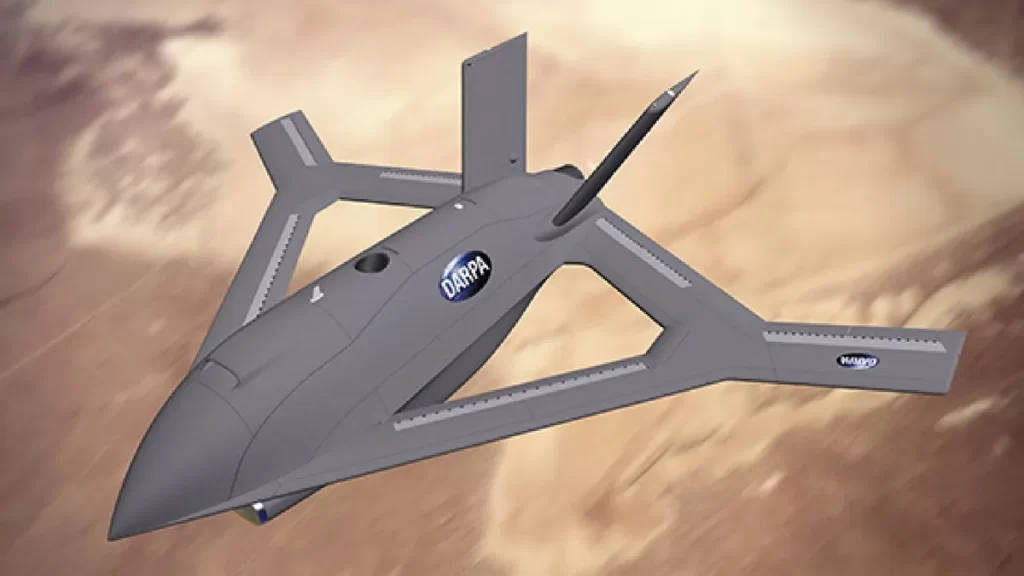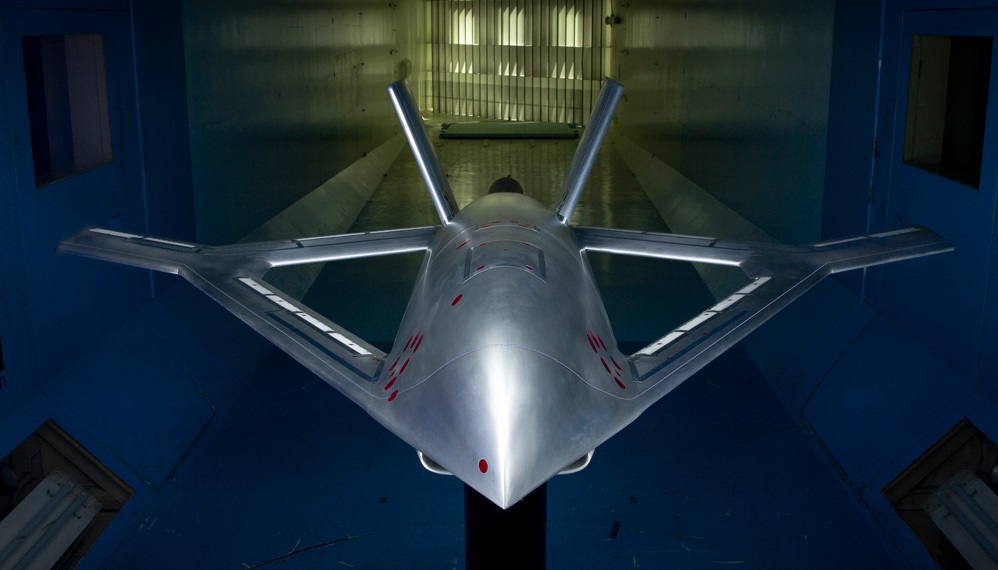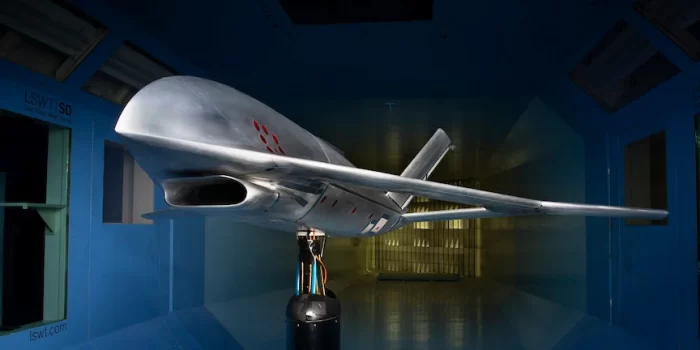According to the Defense Advanced Research Projects Agency (DARPA), it’s time for some airplanes to ditch their elevators, flaps, and rudders for better flying control. DARPA’s revolutionary X-plane idea will do away with these moving external control surfaces to cut aerodynamic drag and boost fuel efficiency, defying a century of aviation design best practices. However, the US Department of Defense’s advanced technology section claims to have a viable option for maintaining control in the air at high speeds.

The Defense Advanced Research Projects Agency’s (DARPA) Control of Revolutionary Aircraft with Newer Effectors (CRANE) program will enter the detailed design phase.
DARPA chose Aurora Flight Sciences for this after the project’s Phase 1 preliminary design was completed successfully. As a result, a new testbed aircraft with active flow control (AFC) that can create control forces in a wind tunnel test was developed.
The project has now advanced to Phase 2, which will concentrate on the precise design and development of flying software and controls. This phase will conclude with a crucial review of an X-Plane demo that can fly without standard moving flight controls on the exterior of the wings and tail.
A Phase 3 option will also be included in their contract. The third phase will involve flying a 7,000-pound X-plane to solve two major technological challenges: putting AFC into a full-scale aircraft and relying on it for controlled flight.

The AFC suite of technologies will provide various chances for improving airplane performance. Moving control surfaces will be eliminated, as will high angles of attack, bigger wings, higher fuel capacity, and drag reduction. This would allow for the optimization of the aircraft’s control forces and the elimination of the need for control surfaces and high-power actuators to actively adjust aerodynamic performance, hence enhancing the aircraft’s efficiency.
This will be a significant advancement in aviation, allowing for the safe and efficient operation of high-speed, long-range, highly maneuverable aircraft that have become increasingly ubiquitous in military and commercial fleets throughout the world.


